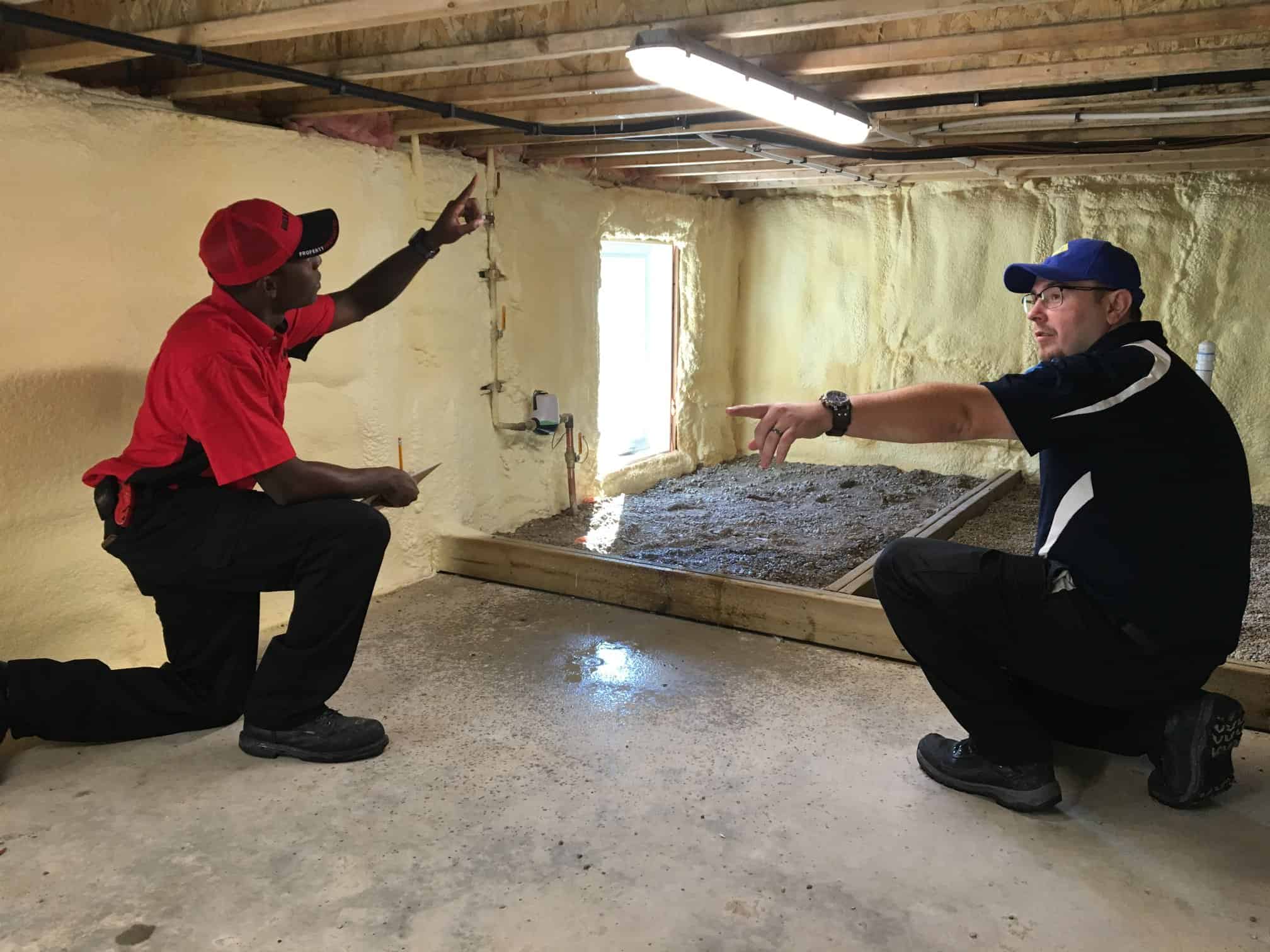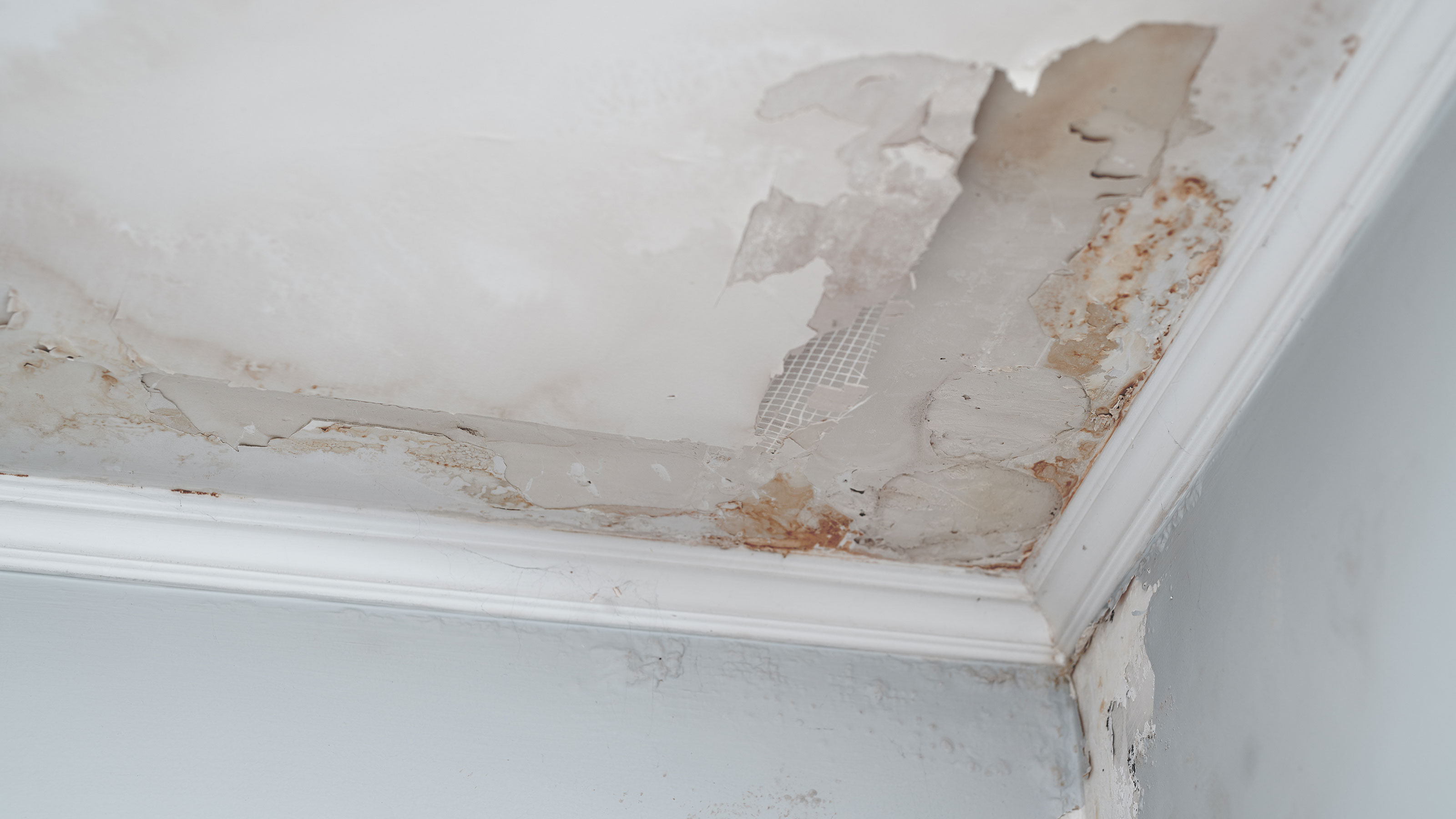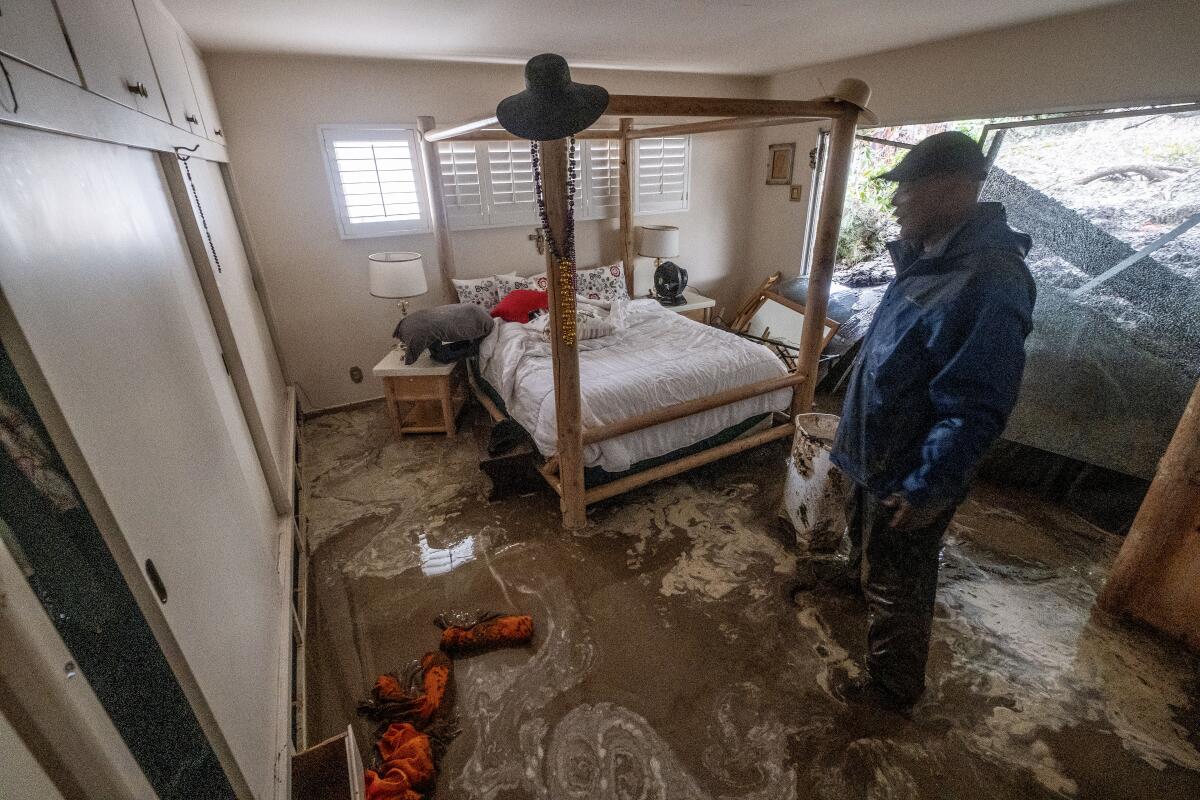The Process of Water Damage Cleaning: Guaranteeing Your Home Is Brought Back Successfully
Water damages can be a challenging difficulty for home owners, demanding a precise and organized cleaning procedure to bring back security and capability. A comprehensive analysis is important to recognize the extent of the damage and figure out the proper removal steps. Following this, reliable water removal techniques play a crucial role in mitigating more harm. Nevertheless, the nuances of drying, sanitizing, and ultimate repair are just as crucial and frequently overlooked. Recognizing these phases can make a substantial distinction in the outcome of your home's remediation, prompting a closer take a look at what each step involves.
Examining the Damage
Upon uncovering water damages, the very first step is to thoroughly analyze the extent of the effect. This first examination is critical, as it aids identify the essential actions for reliable cleaning and restoration. Begin by evaluating the impacted areas, including wall surfaces, ceilings, floorings, and personal items, to determine the resource of the water invasion, whether from flooding, leakages, or condensation.
Recording the damage is necessary for both insurance coverage cases and preparing repair initiatives - damage restoration services. Use photographs and created notes to record the intensity of the damage, keeping in mind any afflicted architectural aspects and products. Pay special attention to areas that might not be quickly visible, such as behind wall surfaces and under carpetings, as concealed wetness can bring about additional difficulties, including mold and mildew growth
In addition, analyze the timeline of the water direct exposure. Ultimately, a comprehensive assessment lays the groundwork for an effective water damages cleaning process, making certain that all influenced locations are attended to efficiently and thoroughly.
Water Removal Strategies

Professionals typically use submersible pumps for bigger volumes of water, which can quickly reduce flooding in cellars or other affected areas. For smaller sized amounts, wet/dry vacuum cleaners are usually made use of to draw out residual moisture from rugs and tough surface areas. In addition, using mobile extractors permits for targeted removal in constrained rooms or areas with fragile materials.
In instances of infected water, such as sewage or floodwater, progressed extraction strategies may include making use of biohazard equipment to make certain safety and compliance with health and wellness laws. High-powered removal tools are critical in minimizing water retention in architectural products, which can result in mold and mildew growth and structural deterioration if not dealt with quickly.
Ultimately, the effectiveness of water removal methods plays a crucial role in the overall success of the water damage cleanup procedure, laying the foundation for subsequent repair efforts.
Drying and Dehumidification
As soon as standing water has actually been successfully removed, the following crucial stage in the water damage clean-up process is drying out and dehumidification. This action is essential to protect against additional damage and mold development, which can take place within 24 to 48 hours in damp settings.
To accomplish reliable drying out, specialized equipment such as industrial-grade air moving companies and dehumidifiers is employed. Air movers distribute air across wet surfaces, improving evaporation prices, while dehumidifiers minimize moisture degrees in the air, advertising a favorable environment for drying out. The combination of these tools makes certain that wetness is extracted from furnishings, wall surfaces, and floorings, allowing them to completely dry completely.
It is essential to check the drying process closely. Experts typically make use of moisture meters to assess the dampness material in different materials, guaranteeing that all influenced areas reach appropriate dry skin degrees. This thorough method aids to stop covert moisture pockets that can cause architectural damages or harmful mold and mildew development.

Cleaning and Disinfecting
After the drying and dehumidification phase is full, the following crucial action in water damages cleanup is cleaning and disinfecting the impacted locations. This procedure is critical to avoid the growth of mold and mildew, microorganisms, and other microorganisms that thrive in moist environments.
The cleaning phase typically entails eliminating any debris, dust, and contaminants from surface areas making use of specialized cleaning up representatives. For tough surface areas, a combination of soap and water or business cleansing products is frequently utilized. Soft products, such as furniture and rugs, might call for more considerable cleansing approaches, consisting of heavy steam cleansing or deep removal methods, to ensure thorough hygiene.

Sanitizing follows cleaning, using EPA-approved disinfectants to eliminate harmful microorganisms. This step is vital, especially in locations that may have entered contact with floodwaters or sewage, as these sources can pose serious health risks.
Furthermore, it is very important to resolve any type of staying smells, which might require using smell neutralizers or innovative methods like ozone treatment. Correct cleansing and disinfecting not just bring back the safety and health of your home however also prepared for successful remediation and fixings in subsequent stages of the water damage clean-up procedure.
Repair and Repair Services

Once the evaluation is total, reconstruction efforts can start. Additionally, floor covering might need comparable attention, depending anchor on the level of water direct exposure.
It is important to involve seasoned restoration experts throughout this process, as they have the know-how to deal with complex repair services effectively. Furthermore, they can assist reduce prospective future concerns, such as mold development or architectural instability, therefore guaranteeing a risk-free and habitable living atmosphere. Eventually, efficient restoration and repairs restore the home's integrity and enhance its general value.
Conclusion
To conclude, the procedure of water damage cleaning is crucial for recovering a home to its pre-damage problem. Each stage, from evaluating the damages to carrying out efficient water removal methods, complied with by comprehensive drying out, disinfecting, and required repairs, plays an essential role in making certain safety and security and conformity with building requirements. Efficient implementation of these actions not only mitigates immediate damages however additionally boosts the additional hints lasting stability and worth of the property.
Water damage can be a difficult difficulty for homeowners, demanding a structured and meticulous cleanup procedure to recover safety and my website security and performance. Inevitably, a detailed evaluation lays the groundwork for an effective water damages cleaning process, ensuring that all impacted locations are attended to successfully and completely.
Effective water removal strategies are crucial in alleviating damages and protecting against additional complications adhering to a water invasion occasion.In verdict, the process of water damage clean-up is important for restoring a home to its pre-damage problem. Each phase, from assessing the damages to applying reliable water removal methods, followed by comprehensive drying out, sanitizing, and needed repairs, plays an important function in making sure security and conformity with structure standards.